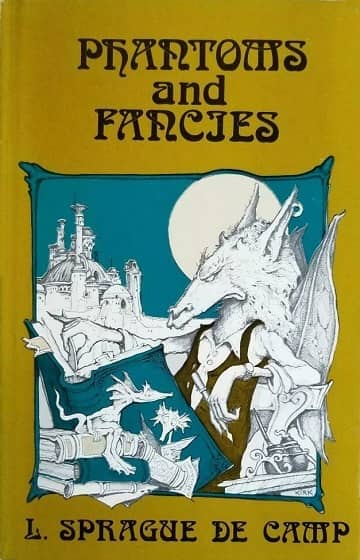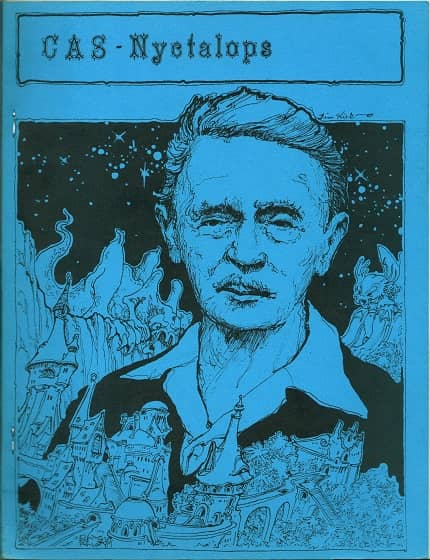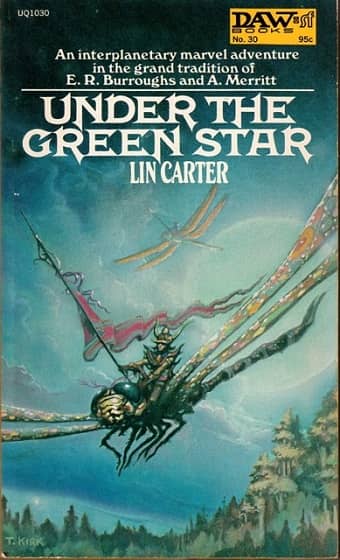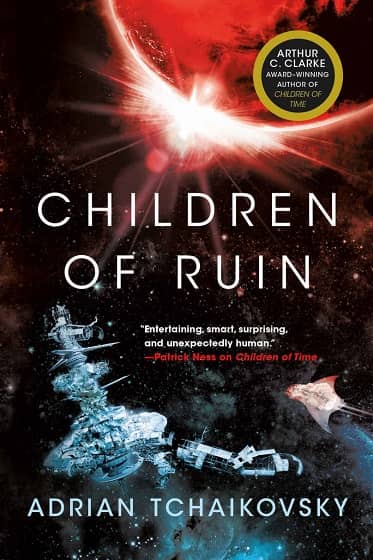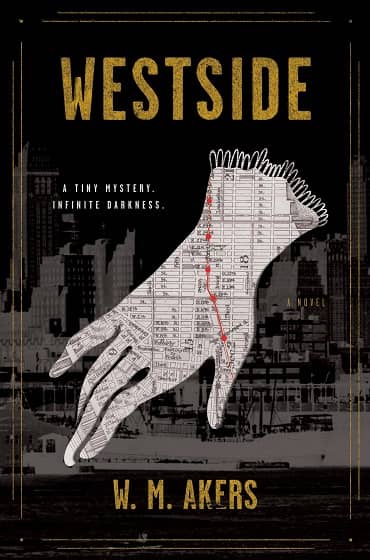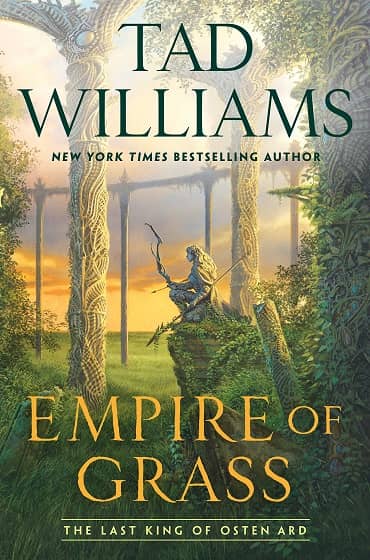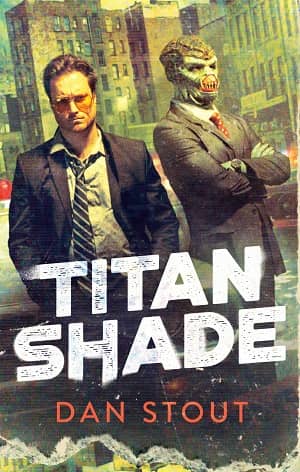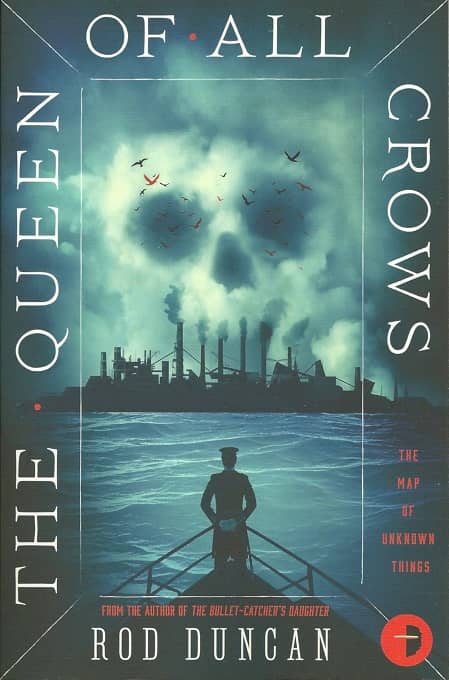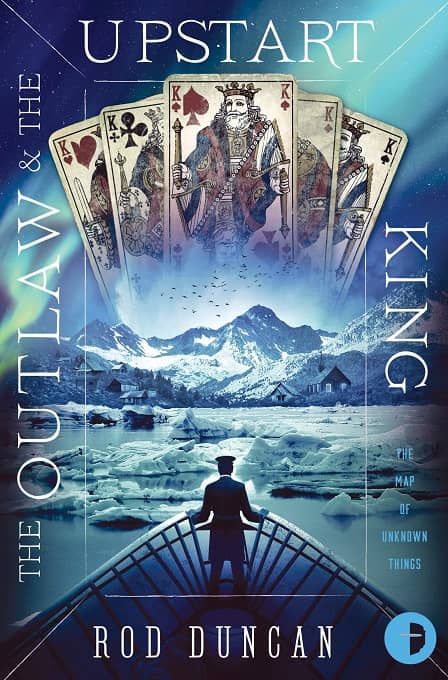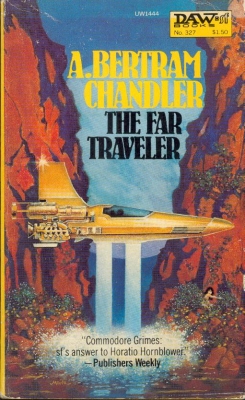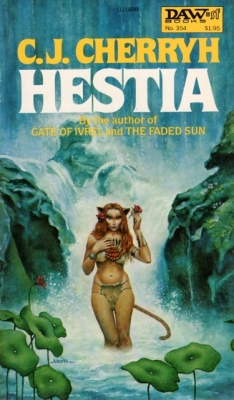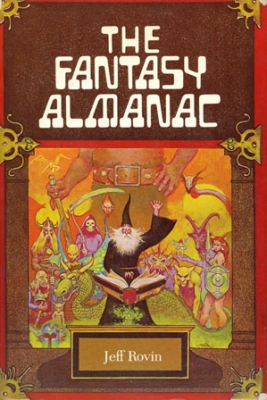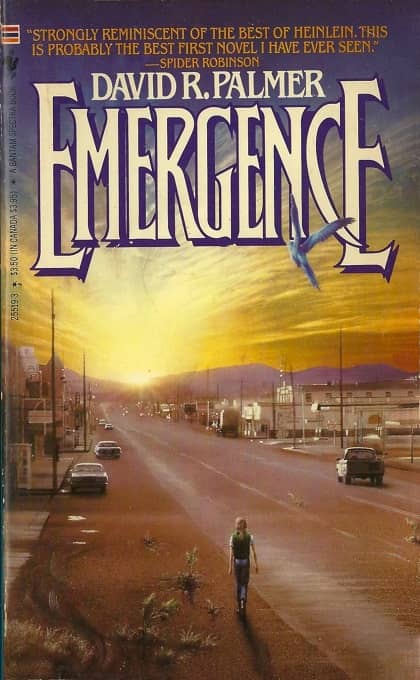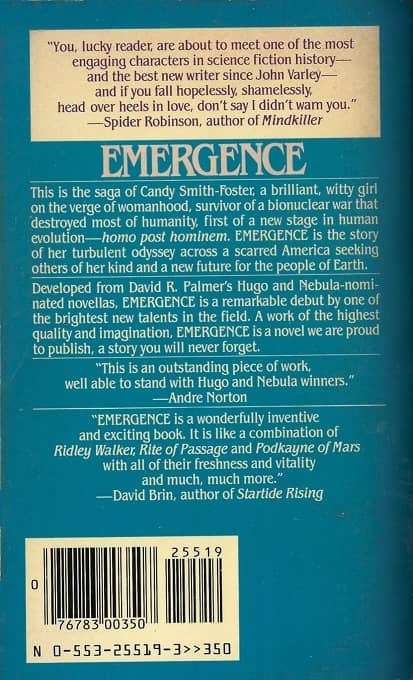Raiders and Rogues in a Cursed World: Forbidden Lands by Modiphius
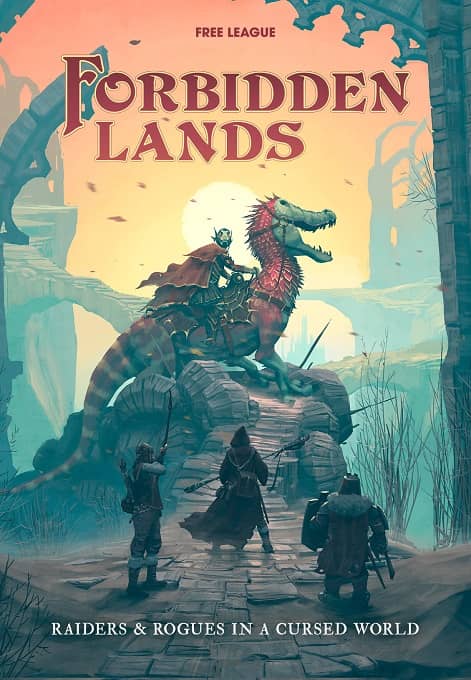 |
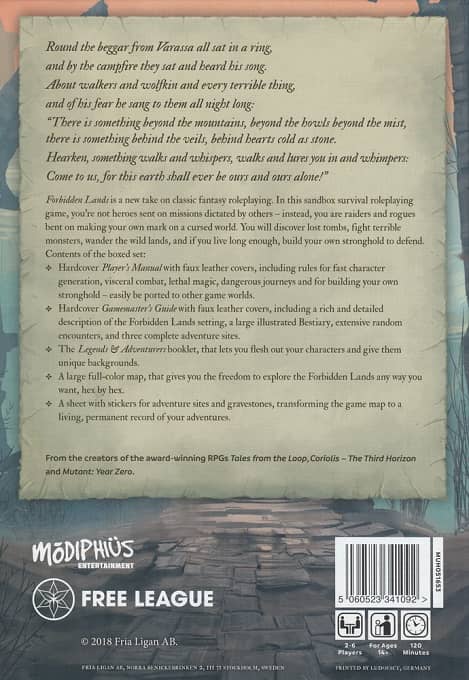 |
While I was at the Spring 2019 Games Plus Auction, I took the time to shop around in the New Arrivals section, since Games Plus is probably the best-stocked games store I’ve ever visited. As usual, I picked up a few magazines and the latest issues of Jolly Blackburn’s excellent Knights of the Dinner Table comic. But there was another game that caught my eye: Forbidden Lands, a boxed RPG developed by accomplished Swedish development house Fria Ligan (Free League in English), makers of the excellent Coriolis science fiction game, as well as the acclaimed Tales from the Loop and the upcoming Alien Roleplaying Game, and distributed in the US by Modiphius.
What drew me to Forbidden Lands? Truthfully it was the cover art by Simon Stålenhag, and the impressively sized (and heavy!) box. Once I picked it up however, it was the back-cover text that fired my imagination.
In this open-world survival roleplaying game, you’re not heroes sent on missions dictated by others — instead, you are raiders and rogues bent on making your own mark on a cursed world. You will discover lost tombs, fight terrible monsters, wander the wild lands and, if you live long enough, build your own stronghold to defend.
Last thing I need is another fantasy RPG crowding my shelves, especially one in a generic fantasy setting. But the evocative text sold me on the promise of a dark world far-removed from routine high fantasy tropes, and characters that sounded a lot closer to sword & sorcery archetypes than I’m used to. The price on the box was $49.99, and I decided to take a chance.
